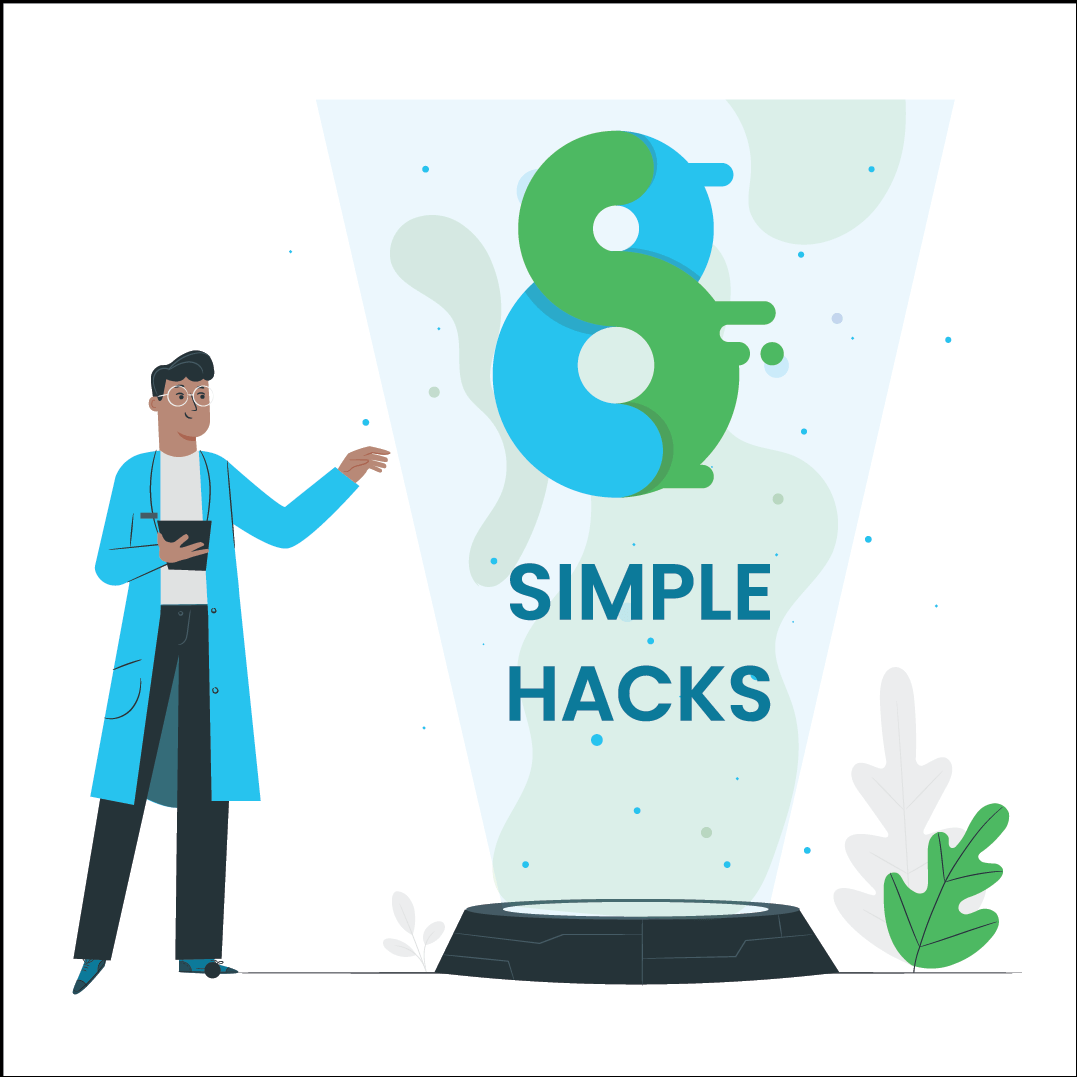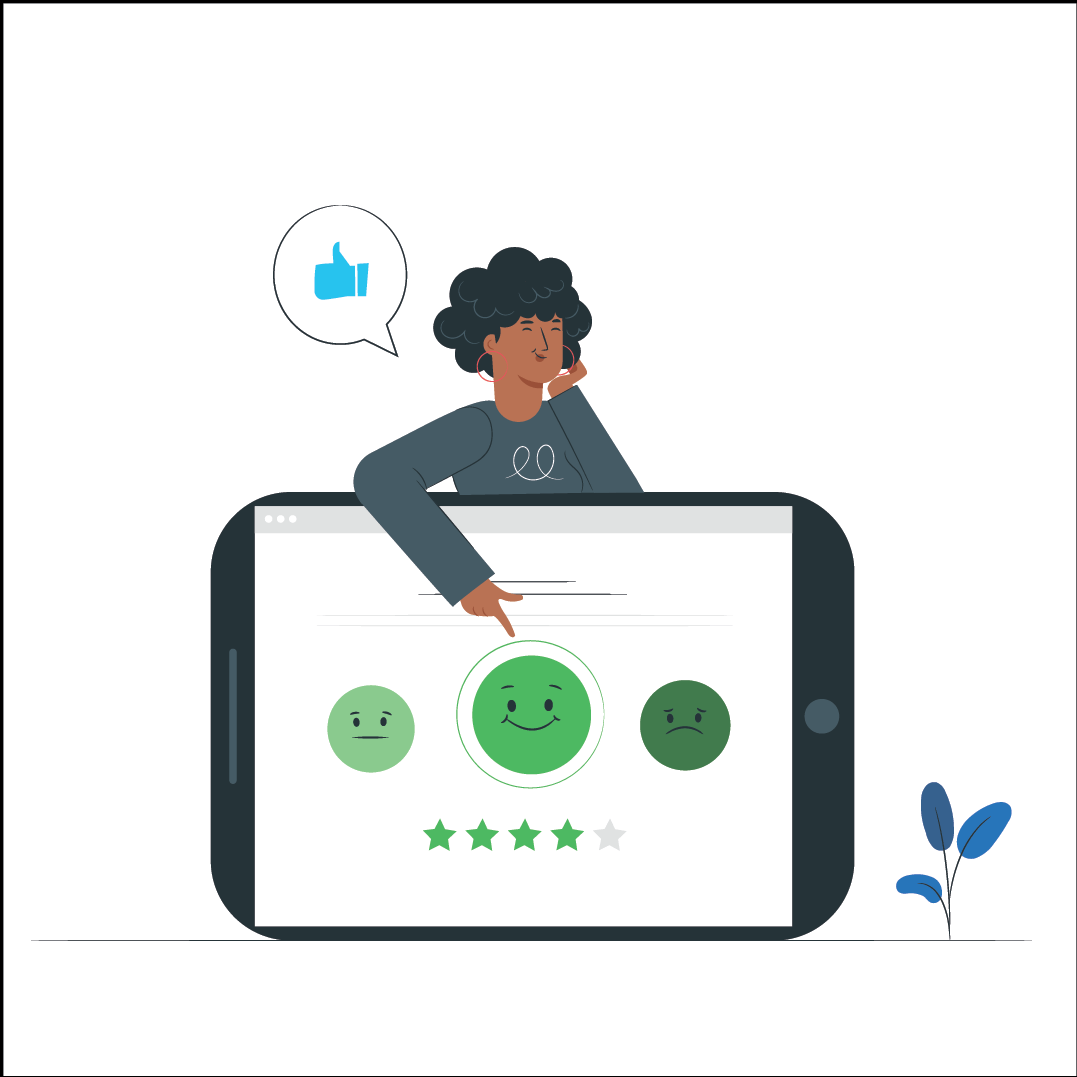How to manage your donor database effectively?
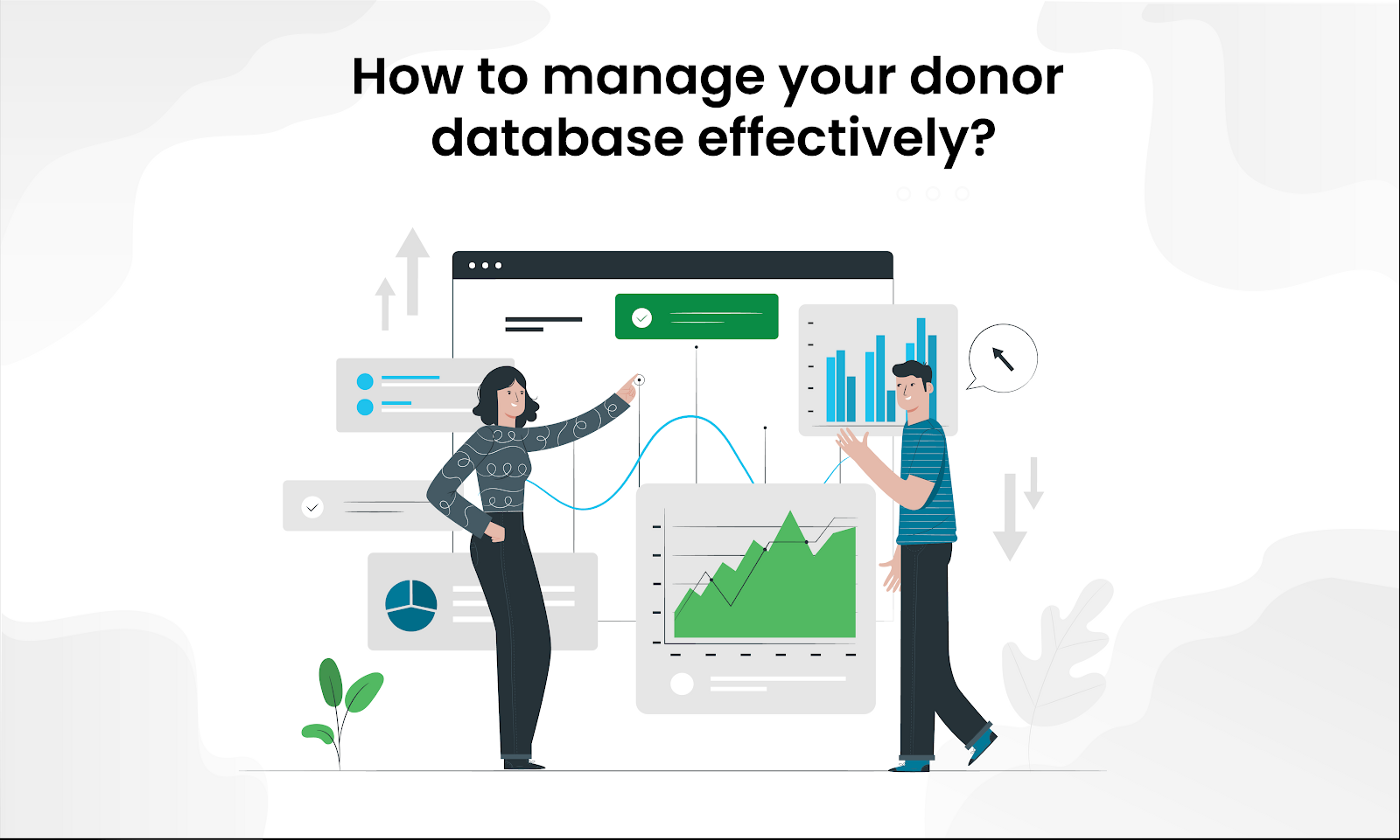
Data management is not essential for non-profits
In no way, data can be leveraged to enhance the working of an NGO.
Data has no role to play in the profitability of an organization working for a cause.
Welcome to the world of misconceptions.
But did you know?
90% of the world’s data was created in the last two years, which means — Data is here to stay and benefits every organization in some way or the other.
As a non-profit, it is vital for you to curate communities around your cause. For building such communities, you need to create awareness and build a relationship with your present and prospective donors. This is where data comes into the picture!
If you have data about preferences, income status, network, etc., of your ideal donor, it becomes easy for you to target, communicate, and convert them efficiently.
In this article, we are simply going to explain how step-by-step data curation can help your non-profit to scale and grow significantly. But before that, you will have to unlearn what you have learned till date.
In this article, we are simply going to explain how step-by-step data curation can help your non-profit to scale and grow significantly. But before that, you will have to unlearn what you have learned till date.
Then let’s get started!
In order to understand how you can collate data for your non-profit to benefit from it at every step, you need to analyze the data that you have at present.
For analyzing, just keep the following checklist handy:
- What are the sources of this data?
- How often is this data verified and sorted?
- Is the present data enough for you to take strategic and operational decisions?
If you are not happy with your answers to the above questions, then here is what you can start with — Capturing data that matters!
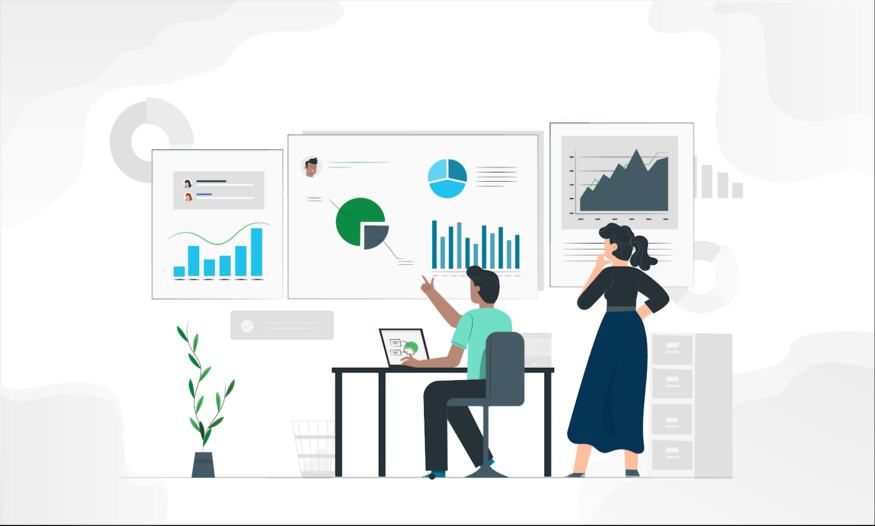
The answer to this is — Know your donor and understand the metrics that you need to capture.
For this, you need to make donor profiles and segment them. Choose a CRM that can help you seep all the information about every donor in one place. Make sure you update the CRM monthly or quarterly so that the data does not get obsolete for you.
Add the following fields to your CRM:
- Contact Information:Start by capturing the necessary information about your donors. This may contain their full name, phone number, email ID, etc. that would help you in connecting with the person and building a personal relationship with them.
- Donation History: Once you have the basics done right, you need to look into the history of every donor and understand what makes them donate — Meaning you can segregate them basis on the cause that they want to contribute to. This will further help you in mapping donors to various fundraising events and campaigns that you might have in the future. This whole activity is often known as Philanthropic Profiling of the donor.
- Preferred Method Of Communication: Knowing about the donor is not enough! Dig deep into the data to understand which are the communication channels they usually respond to. This will save your non-profit time and resources. For example, if a person responds to your email and not your SMS, then you know where to invest when reaching out to a particular profile.
Now when you have the above data punched into your CRM, it is time to move towards step number two, and that is — Segmenting Donor Profiles.

This is done to reduce the turn-around time of each campaign. Segmented on some generic and specific parameters, these lists can be leveraged to market any campaign in just a few clicks.
But a word of caution, you need to choose the right parameters so that this whole process benefits your non-profit.
If you have various causes, then they can be one parameter of segmenting. You can also follow the list given below and pick some parameters:
- Gender
- Region
- Donation Channels
- Cause Type
- Income Range
- Contribution Range
- Engagement
- Type Of Relationship
- Profession And Network
- Referral Sent
All this will make your data look cleaner and give your stakeholders a better image of the work happening at the back-end.
Now when profiling and segmenting are done over the CRM, it is time to move a step ahead and segregate data in a way that your in-house team can leverage it. For this, you can further divide your data according to engagement, communication, and efforts taken to convert a dormant donor into an active one.
Here is how!
It is very important to integrate your social media analytics and map it per segment to see how every often every segment of your data engages with you.
Checklist for tracking engagement:
- Check the frequency of contact. Analyze what frequency helps you in building a relationship or bond with your donors. This will assist you in determining the thin line between being too pushy with your content and leaving scope for more engagement.
- Check the participation rate. This simply means to check the ‘attendees to total donors’ ratio for your events and keep it above the average.
You might be using emails, SMS, calls, or social media channels to communicate with your target donors but analyzing what works best for which segment is a smart move and would save some bucks.
Checklist for tracking communications:
- Monitor the success rate of every mode. For this, have three ideas to run a campaign, and then A/B test various modes of communication to gauge what works better.
- Take action. Once you know what works and what does not, then you can either alter your present methods of communication or discard them.
Once you know the profile of your donors, their engagement with your non-profit and most effective communication channels, then it is time to make a strategy, track efforts, calculate resource ROI. The aim is to reach a minimum effort + cost level for sustainable growth.
Checklist for tracking efforts:
- Man-hours required to complete a task is a crucial factor in deciding upon the cost and launch of a campaign. So analyze such data points and keep them handy.
- Check the operational efficiency of the team by tracking the time taken to complete mundane and repetitive tasks. Curate a culture of ownership for a task/project to get maximum output and ROI.
Engagement, communication, and efforts checked?
Good, you have laid the groundwork for back-end and front-end data tracking, but what about analysis and distribution of reports.
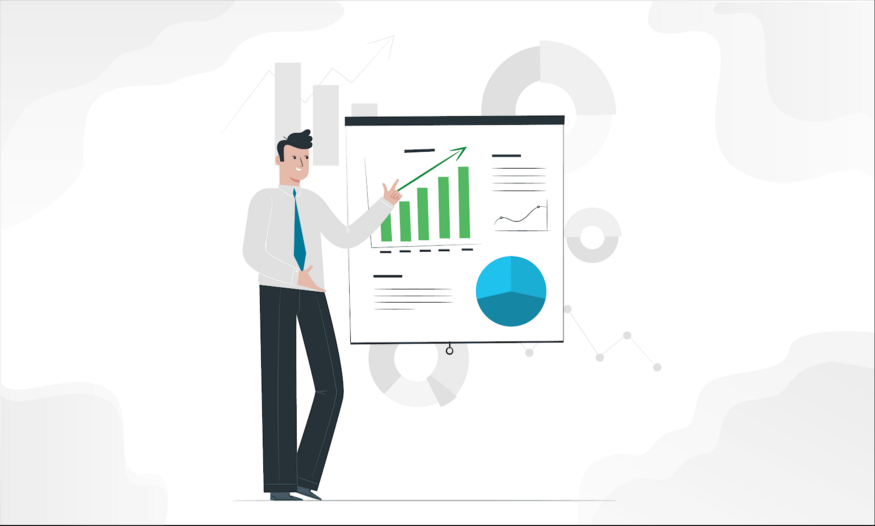
Just having processes and data won’t help you until you learn from them. So it is imperative for any non-profit to…
- Analyze the data: You can hire an expert for this or buy a CRM that has an inbuilt analytical feature.
- Draw conclusions: Once you have the analysis, it is time to understand what worked and what did not.
- Process and distribute reports: Having a more effective process after data analysis is only
possible if all the stakeholders of your non-profit have relevant reports.
For example, send the conversion report to the sales and marketing reps and operational efficiency report to the administration staff. This will help everyone in being on the same page.
That is all from our end. We know the steps given in this article are quite exhaustive. However, being in 2020, it is time for every non-profit to up its game by leveraging data.
Everything that seemed impossible ten years back is now possible, then what is stopping your non-profit to move towards sustainability and long-term success?
Leverage data. Get insights. And build long-term relationships with your donors!
Looking for a solution that helps you manage donor data efficiently? Check out Billion Lives today!Check out Billion Lives today!

